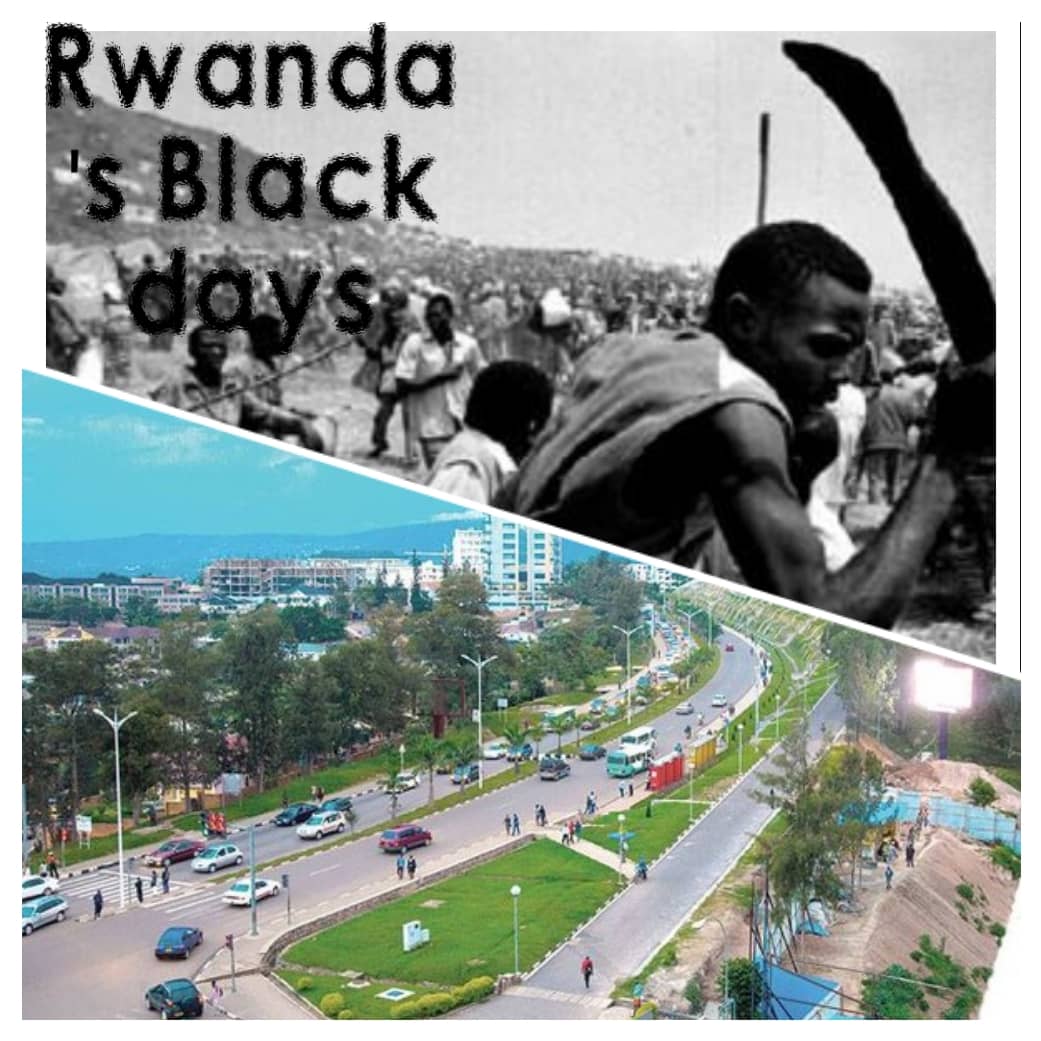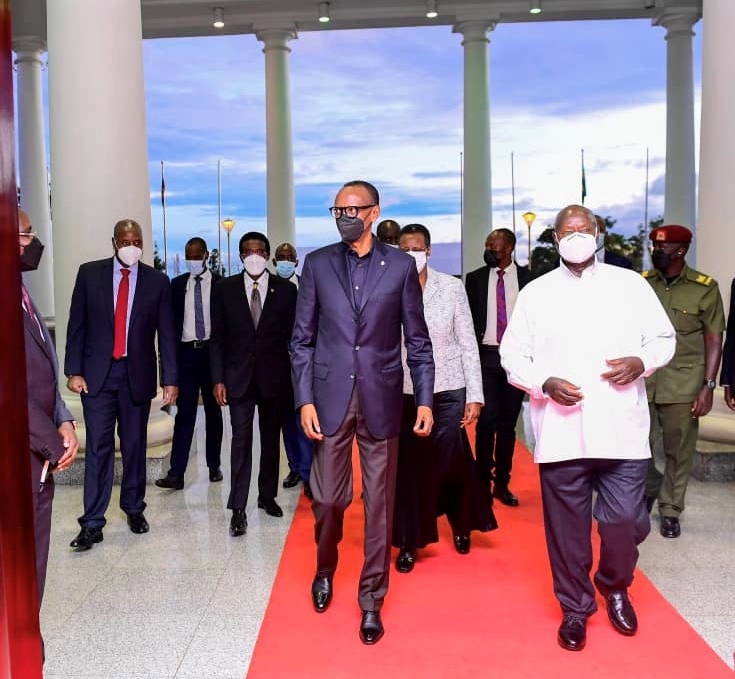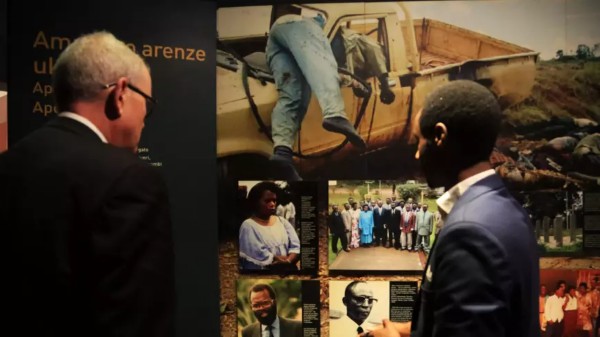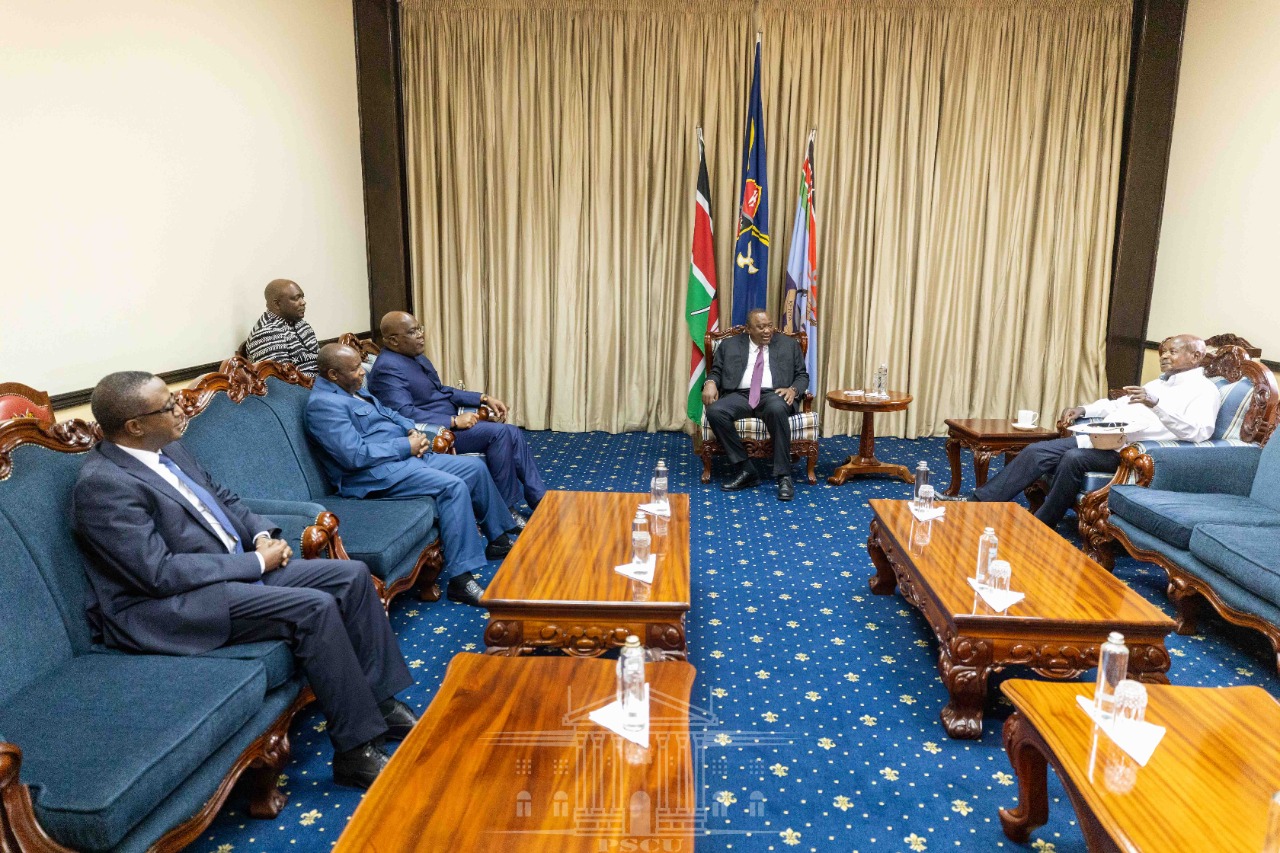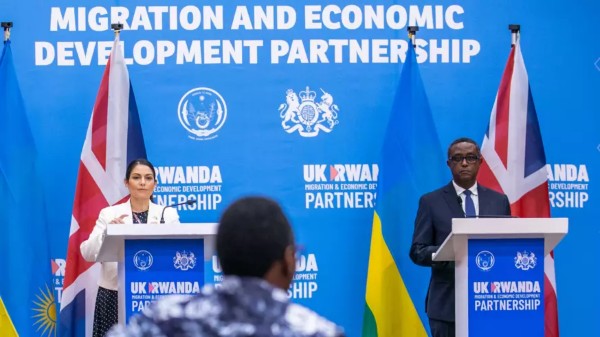Regional
EAC leaders give hope for permanent solution on insecurity in DRC
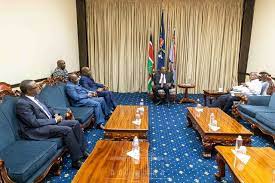
On April 21, East African Community (EAC)
heads of state held a conclave that specifically discussed ways to finding a lasting
solution to the issue of insecurity in the Democratic Republic of Congo.
Their meeting was held in Nairobi,
Kenya.
The conclave hosted by President Uhuru
Kenyatta in his capacity as the Chair of the EAC summit took note of the
situation in eastern DRC and of neighbouring countries and agreed on a number
of things. If applied, it will exemplify the capabilities of effective
integration in wiping out negative armed groups that have been a security
menace not just for DRC but the entire region.
The meeting attracted divergent opinions from
commentators divided into two main groups; the pessimists and the optimists.
However, one thing should be given a round of
applause. Rarely, or never, have we seen our leaders meet to discuss
objectively on the prevailing insecurity problem in DRC and its effects on
neighbouring countries and agree on a joint roadmap to mitigate or remove it.
Previously, such meetings aimed at attaining
quick fixes to the deep-rooted problem that has remained endemic to the region
for three decades.
This is without any doubt a long overdue
exercise by the EAC Summit. But it is never too late. What matters most is the
fact that our leaders agreed that the situation in eastern DRC cannot allow for
effective regional integration, and sustainable development, to take place.
Regional infrastructure development projects,
economic integration and all the provisions for the EAC Common Market Protocol
cannot happen under the current situation in eastern DRC.
Understandably, EAC leaders appreciate the
fact that it is very important to have the DRC join the bloc, and more
importantly, that the situation in eastern DRC mainly characterized by the
insecurity caused by different armed groups is an issue that can be solved by
EAC member states collectively through political and military means.
For years now, the United Nations
stabilization mission in the Democratic Republic of the Congo (MONUSCO) has
feigned to deal with the problems of insecurity in DRC. But they failed
spectacularly.
The problem instead worsened despite the
billions of dollars that have gone into this UN mission. Analysts always
pointed a finger at the ineptitude of the mission in bringing about the
solutions to the insecurity issues in the region. Others have been bold enough
to conclude that, actually, this mission could be part of the problem.
From the April 21 conclave of EAC leaders, in
Nairobi, the people of eastern DRC can now hope for a sustainable solution to
their insecurity problems. But more so, they can hope to see a number of
regional integration projects being effected in DRC. Projects such as road and
railway construction, electrification projects, environmental protection
projects and others that will, without doubt, transform their lives as they
bring sustainable solutions to their most fundamental issues.
For all the rebel groups operating in eastern
DRC, it is just a matter of time before they are eliminated either through
peaceful means or through military intervention.
What they need to understand is that now,
more than ever, sustainable security of DRC, especially eastern DRC is a
subject of interest not of DRC alone but of all member states of the region
that would like to develop trade and cooperation within the integration
framework with their new member, the DRC.
The smartest move from all the armed groups
would only be to surrender to the generous available options extended to them
by the conclave.


